Epazote is a commonly used herb in traditional Mexican cuisine and easy to grow for the home gardener.
Epazote has what is best described as an “acquired taste." It has traditional culinary benefits and is easy to grow, so you won't lose much by giving it a try. Add this novelty plant to your garden so you can enjoy its fresh leaves, unique flavor, and benefits. Epazote is also a beneficial companion plant that can help shield other plants from insects.
To help you have success, here’s a guide that will walk you through exactly how to plant and grow epazote from seed to harvest.
This post may include affiliate links which means I may earn a commission on qualifying purchases at no additional cost to you.
Although you need to make sure children do not consume large doses of epazote, it can be a fun one to grow in containers with kids. It's hardy and tolerates a bit of neglect. It also tends to attract beneficial wasps once it blooms. These wasps are fun to watch and can help improve the health of other garden plants.
One year we had lots of parasitic wasps living in our cilantro. That sounds scary until you realize they're parasitic to grubs that ruin your lawn and destroy your plants! We loved seeing how many of the colorful little wasps we could spot.
What is Epazote? + Growing Information
Epazote (Dysphania ambrosioides) is a leafy plant native to Central America, South America, and southern Mexico. Common names include Mexican tea, wormseed, and Jesuit’s tea. It can be grown as a short-lived perennial in USDA zones 8-10 but is most commonly grown as an annual in the home garden. Epazote has both medicinal uses and culinary uses. It's a must-have culinary herb for authentic Mexican cooking.
In ideal conditions, epazote can grow up to 4’ tall. It usually tops out at 2-3’ when grown in areas cooler than its native region. The plants produce long, serrated leaves that have a strong aroma and flavor.
Epazote leaves have long been added to Mexican dishes like enchiladas, tamales, and traditional black beans and pinto beans. Epazote is traditionally used in bean dishes and is purported to reduce uncomfortable gas associated with eating beans.
At one time, epazote was frequently used to purge internal parasites from humans and livestock.
The flavor of epazote is strong. If you've never tried it before, you need to knot that it can be an acquired taste. Some describe it favorably as a combination of herbs like anise, oregano, citrus, fennel, and tarragon, while others think it tastes and smells more like a skunk. The name epazote literally means skunk sweat! You may or may not like its distinct flavor, but you won't know until you give some a try in your herb garden. =)
Epazote is very easy to grow, especially in warm climates with well-drained soil. It has similar growth needs as herbs like thyme and rosemary.
Important Precautions
Before getting into the details of how to plant and grow epazote, it’s important to go over a few precautions.
Epazote has been safely grown and eaten for thousands of years, but the leaves contain a substance known as ascaridole, which can be toxic. When consumed in large amounts, ascaridole can cause symptoms like sweating, vertigo, paralysis, and even death. (This toxin is why larger doses can be effective at clearing internal parasites.)
That being said, small quantities, also know as "culinary amounts," of epazote should be safe for most people. Pregnant women and small children may want to avoid this herb altogether. A sprig or a couple of leaves cooked in a dish is not the same as a medicinal dose! Additionally ascaridole is an organic peroxide. Like other peroxides, it degrades when heated or exposed to acids.
Only the leaves of the plant are edible. The seeds and other plant parts are toxic to both humans and pets and should not be eaten. Always supervise children around this herb.
Starting Epazote from Seed
Epazote is very easy to start from seed. This is usually the best way to get your plants going, since the seedlings aren’t widely sold in garden stores. Southern Seed Exchange on Etsy is one of my go-to sources for seeds.
If you have a shorter growing season, you can get your seeds started indoors in early to mid spring. Start them a few weeks before your last average frost date. Epazote has tiny seeds and they need light to germinate. Press them lightly into the soil and barely cover. You can also try the damp paper towel method, if that's something you're familiar with.
Water your seeds gently and place the pots or trays somewhere warm to germinate. A temperature of 70°F is ideal for germination. Germination can take up to two weeks. If your house (or classroom) is cool, consider an inexpensive seed starting mat.
- IDEAL GERMINATION TEMPERATURE: The BN-LINK seedling heat mat helps maintain temperatures around 70°F to 85°F, the optimal range for seed starting,...
- STABLE & UNIFORM HEATING: Using advanced far-infrared heating technology and reinforced heating film with dual insulation layers, this plant heat mat...
- DURABLE & WATERPROOF: This plant heating pad for indoor growing is made with flexible, multi-layer PVC that is wear-resistant and long-lasting. With...
Once your seeds have sprouted, provide your new seedlings with plenty of light (preferably from grow lights) and water as needed. Keep them in a warm spot (close to 70°F) until it’s time to transplant them.
- 【3 Colored Spectrums & 5-Level Brightness 】3 color modes - Purple Light, 3500K White Light and Mixed White Light, infinite close to natural light,...
- 【Auto On/Off Timer】this seeding growth light will automatically keeps 4hrs/8hrs/12hrs ON and 20hrs/16hrs/12hrs OFF each 24 hour period once timer...
- 【Flexible Gooseneck & Easy to Use 】with the flexible goosenecks anti-clamp, this artificail grow lamp can be rotated easily to adjust the angle...
You can also directly sow epazote in your garden once the soil temperature has reached 70 F.
Outside sow the seeds on top of the soil, pressing them in gently. Keep the soil moist until germination and thin to a final spacing of 6” when your seedlings are a few inches tall.
How to Plant and Grow Epazote
When and Where to Plant
Epazote is sensitive to cold weather and is best planted in late spring or early summer after all danger of frost has passed and the soil has warmed considerably.
Growing epazote in full sun is an absolute must. It will not thrive in any type of shade. Make sure you give it one of the sunniest spots in your garden.
Fortunately, this herb is not picky about soil, although it does need good drainage.
If planted in acidic soil, the leaves and stems of epazote may become purplish, but this is completely normal and not harmful to your plants.
Epazote can inhibit the growth of other plants nearby. Fully grown plants may not be affected, but avoid planting it directly next to other seedlings that are trying to get established. According to the LA Times, the University of California demonstrated the ability of ascaridole to inhibit plant growth.
Planting Tips
If you started your plants from seed indoors, make sure you harden off your seedlings before transplanting them to your garden. This is a process that should be done only after the weather has turned mild to gradually acclimate the plants to outdoor weather.
Space the transplanted seedlings 6-10” apart. You can space them up to 2’ apart if you prefer to have individual plants instead of clumps or rows.
Because epazote self-seeds freely and can have some invasive characteristics, you may want to consider planting it in containers rather than directly in your garden (much like mint).
Use pots that are at least 1 gallon in volume and make sure they have drainage holes in the bottom. Fill them with a good quality potting soil mix. Plant one seedling per pot, and place the pots somewhere sunny. I recommend 3 gallon grow bags.
- Sturdy Fabric Material: Made of 300g of thickened nonwoven fabric, these pots are moderately permeable, and BPA-free
- Great Drainage: Nonwoven fabric means the pots do not retain excess water, allowing your roots to breathe for healthier, more vigorous growth
- Durable, Reinforced Handles: While the competition uses flimsy handles that are merely strips of the same fabric the pot is made from, we use serger...
Companion Planting with Epazote
When learning how to plant and grow epazote, you may want to consider it as a companion plant as well as an edible.
While you don’t want to plant it too close to young plants to avoid stunting their growth, the strong scent of epazote does make it excellent at masking the scent of flowers and other plants that are prone to pest damage.
When it blooms, epazote also attracts predatory wasps and flies that go after certain common garden pests. You can try experimenting with it as a protective border around vegetable or flower beds.
Epazote Plant Care
Continue to water your seedlings regularly as they get established. Once your plants are mature, they will be fairly drought-tolerant and will only need to be watered occasionally during long dry spells.
Epazote does not need any additional fertilizer. Like many herbs, it grows better in soil with moderate to poor fertility than it does in rich soil.
As with other herbs, you’ll want to clip flower heads off of your plants when they appear to keep the leaves from turning bitter (unless you are growing epazote as a companion plant). Harvest often to encourage your plants to branch out and become bushier.
Common Pests and Problems
Even though epazote repels many pests with its strong smell and rarely suffers disease problems, it can occasionally be susceptible to pests like thrips or aphids as well as downy mildew in humid conditions.
However, epazote is much more likely to become a pest itself than it is to suffer serious pest damage. The plants freely self-seed and can spread all over your garden before you realize it.
To prevent this from happening, clip spent flowers off of your plants before they have a chance to develop seeds. If a few escape your efforts, pull up or transplant the seedlings in spring as soon as you see them.
When and How to Harvest Epazote
You can start harvesting epazote as soon as your plants have grown 8-12” tall and started to bush out. Younger, smaller leaves will have a slightly less potent flavor than larger, older ones and will also be more tender.
Harvest as many leaves as you need by clipping off small bunches back to a node. You can take as much as ⅓-½ of the leaves from a plant in one harvest, but be sure to allow your plants time to regrow before harvesting again.
Making small, consistent harvests is the best way to encourage your plants to put out more leaves and to delay flowering. Try to pick evenly from all your plants to keep them compact and vigorous.
Using Your Freshly Grown Epazote
Now that you know how to plant and grow epazote, you can enjoy its potent flavor straight from your garden.
Although the leaves can be dried and stored for later, this herb is best used fresh. Wash the leaves after you harvest them and chop them up to add to cheese enchiladas, bean dishes, soups, etc.
Don’t forget to only use epazote in small amounts and enjoy the intense amount of flavor this unique herb brings to the table!

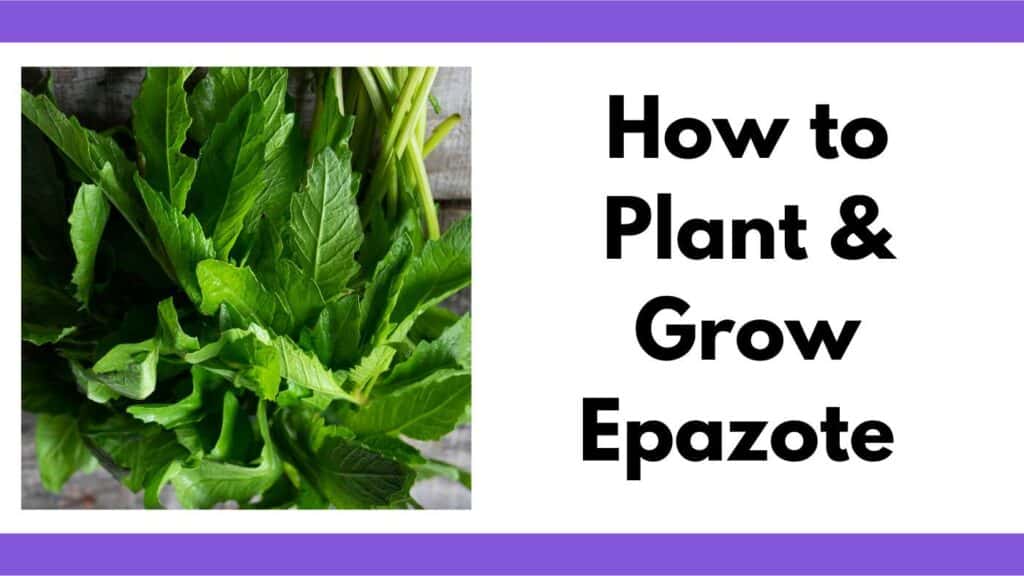
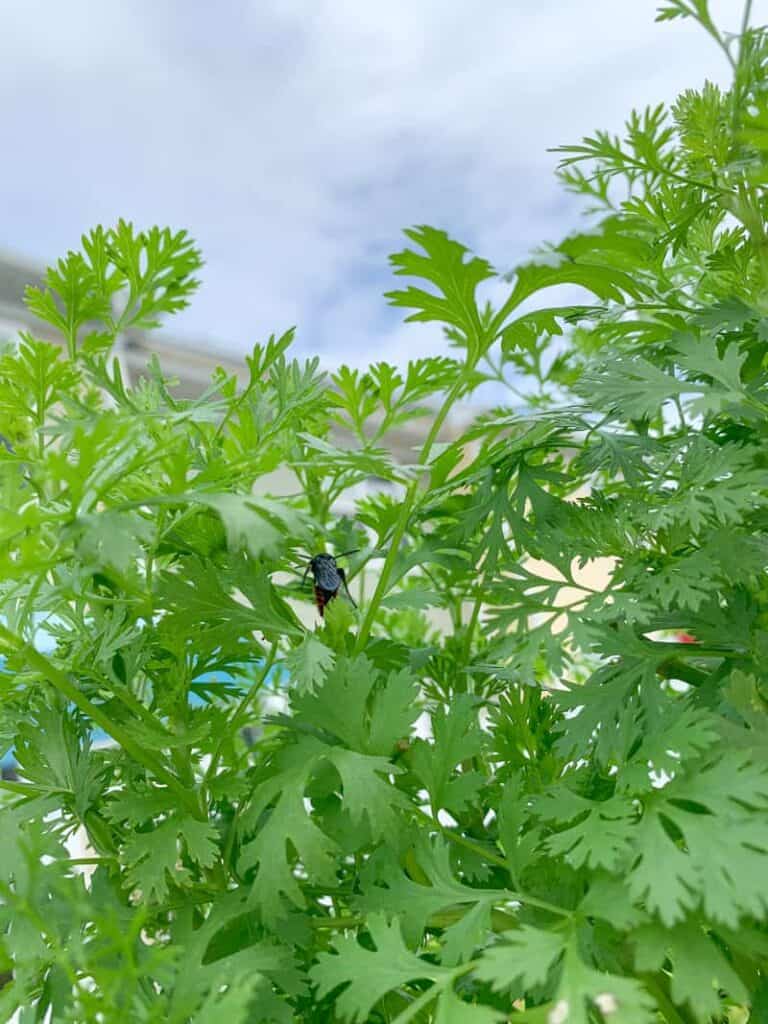
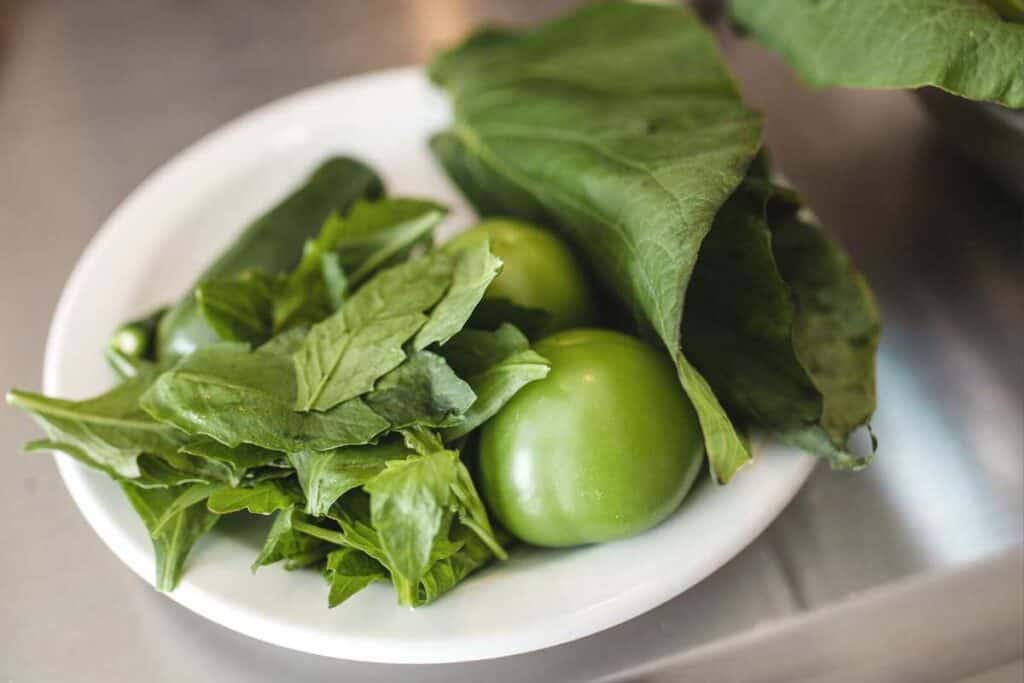
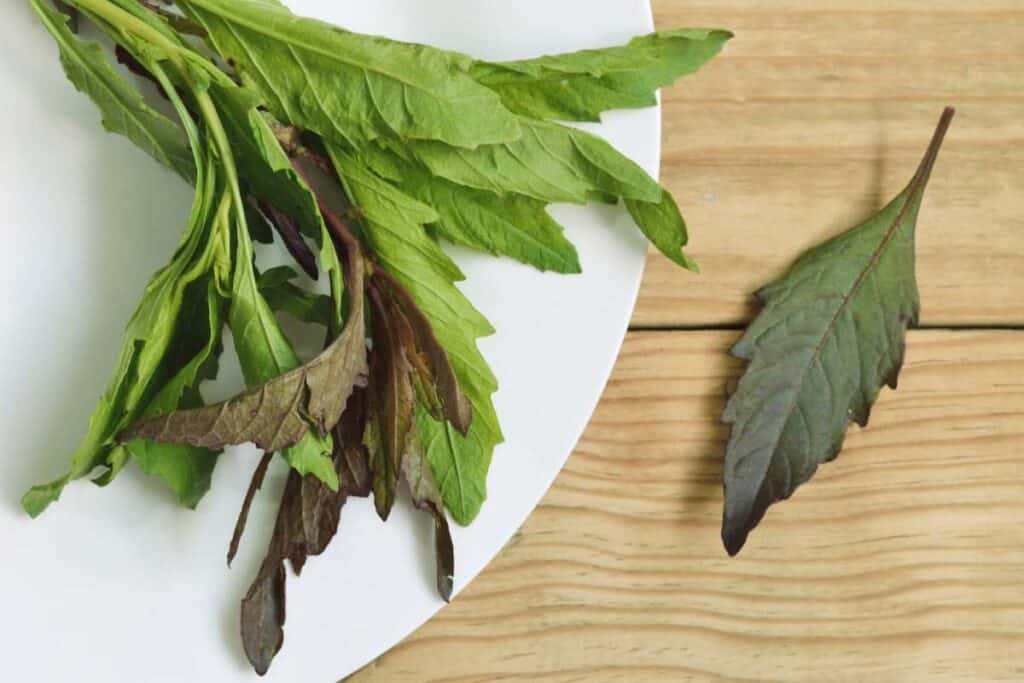
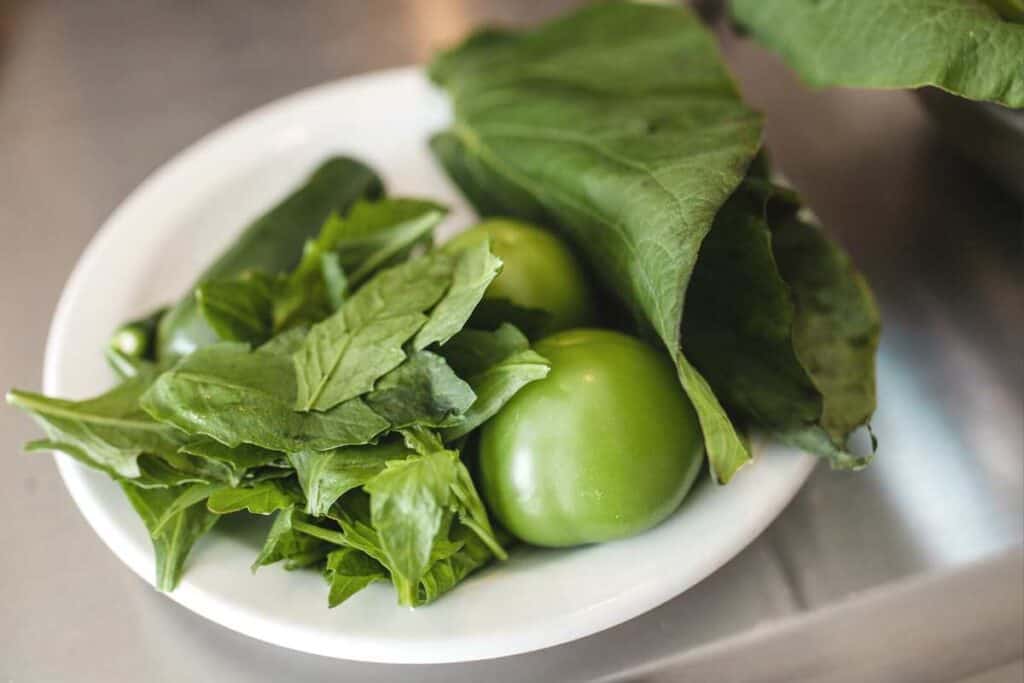

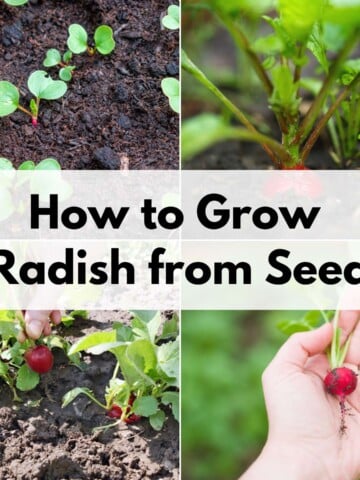
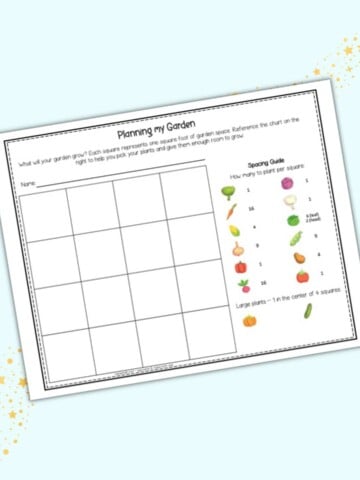
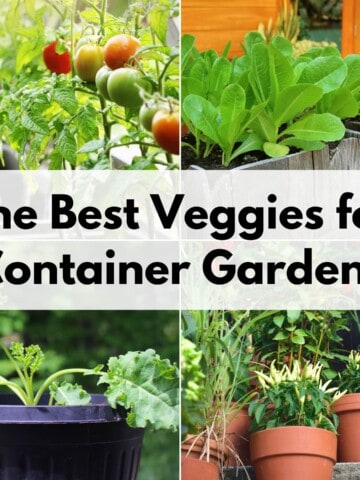
Leave a Reply